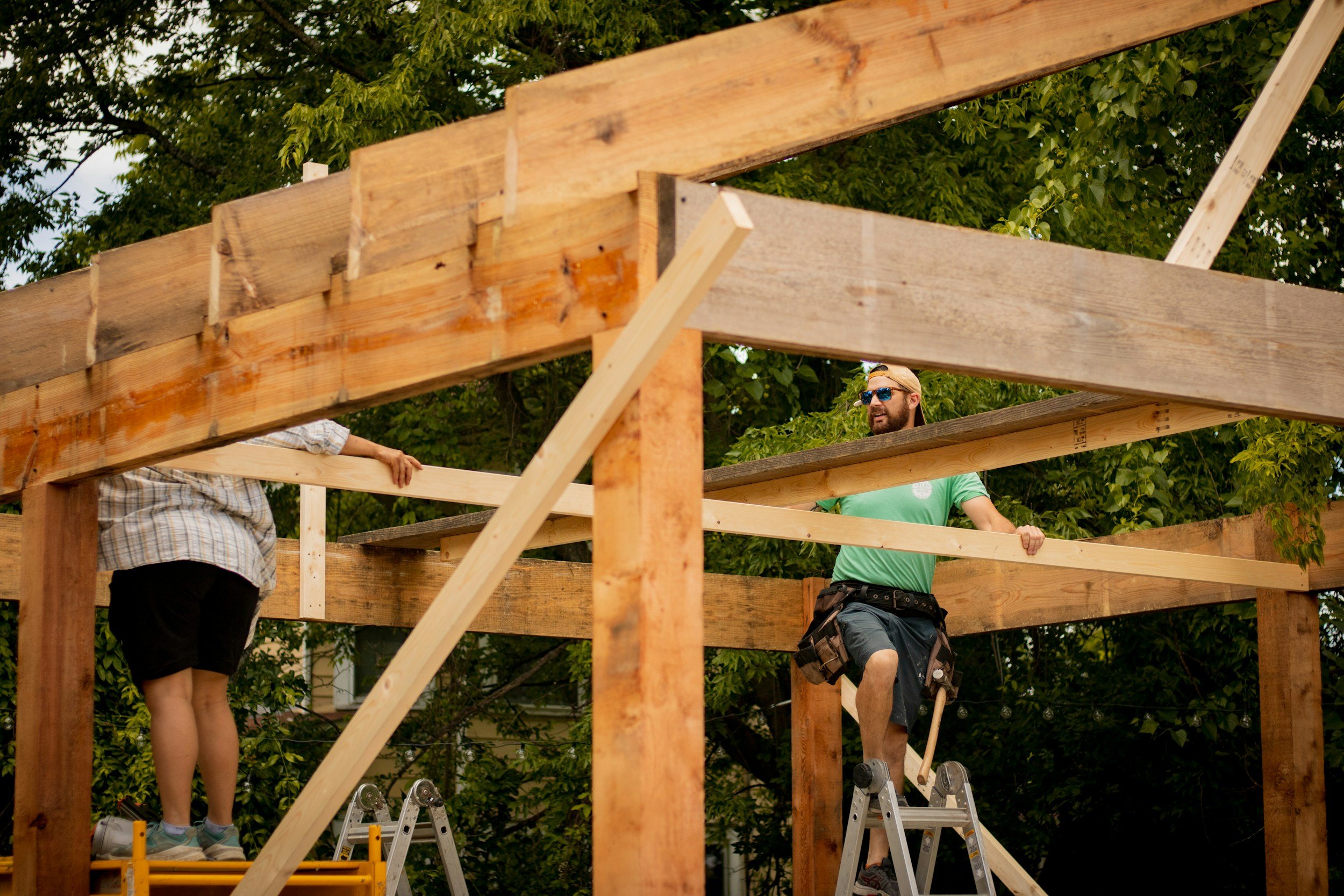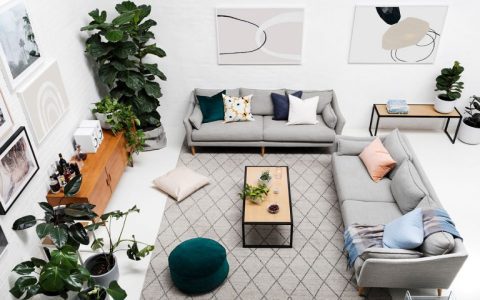Cool pavilions are open-air structures designed to enhance thermal comfort in outdoor settings, leveraging passive cooling strategies to mitigate heat stress while promoting sustainable design principles.
Key Design Principles
Implement passive cooling to reduce reliance on energy-intensive systems. Orient structures to maximize shade during peak sun hours, incorporate adjustable shading elements like louvers, and prioritize cross-ventilation through strategic openings. Integrate natural airflow by aligning pavilions with prevailing winds or using vented roofs.
Essential Features for Cooling
Focus on components that directly combat heat buildup:

- Overhangs and Canopies: Extend roofs beyond walls to block direct sunlight and lower surface temperatures.
- Reflective Surfaces: Employ light-colored or reflective materials on roofs and walls to minimize solar heat absorption.
- Porous Materials: Use breathable fabrics, perforated screens, or native woods to facilitate air circulation.
Recommended Materials
Select materials that enhance thermal performance without compromising durability. Opt for bamboo or recycled composites for low thermal conductivity, and incorporate high-albedo coatings on metal surfaces. Avoid dense, heat-absorbing materials like dark concrete to prevent radiant heat transfer.
Applications and Benefits
Deploy in public parks, gardens, or event spaces to improve user comfort and environmental impact. Key advantages include reduced energy consumption for cooling, extended outdoor usability during warm seasons, and support for biodiversity through shaded green spaces.







